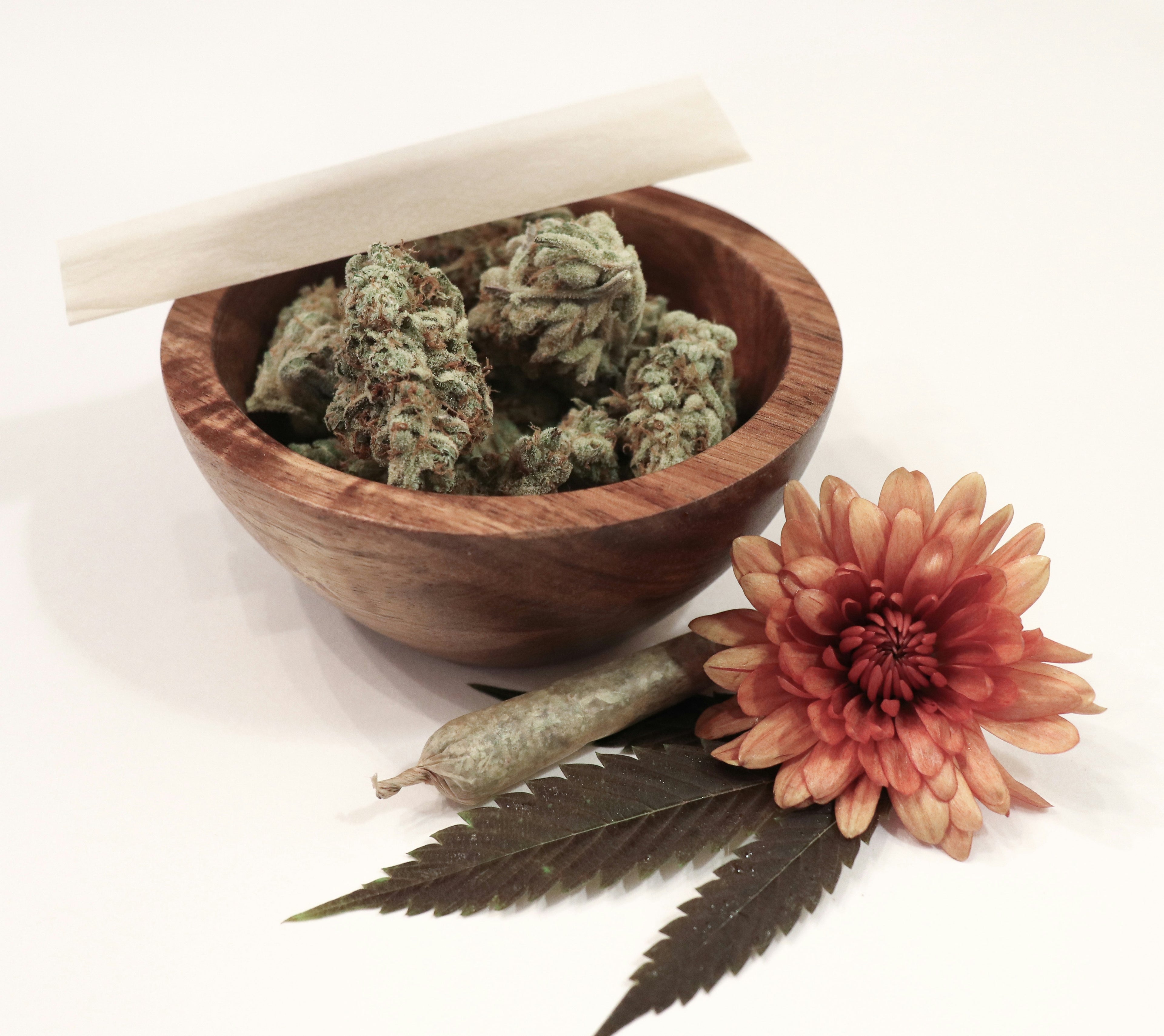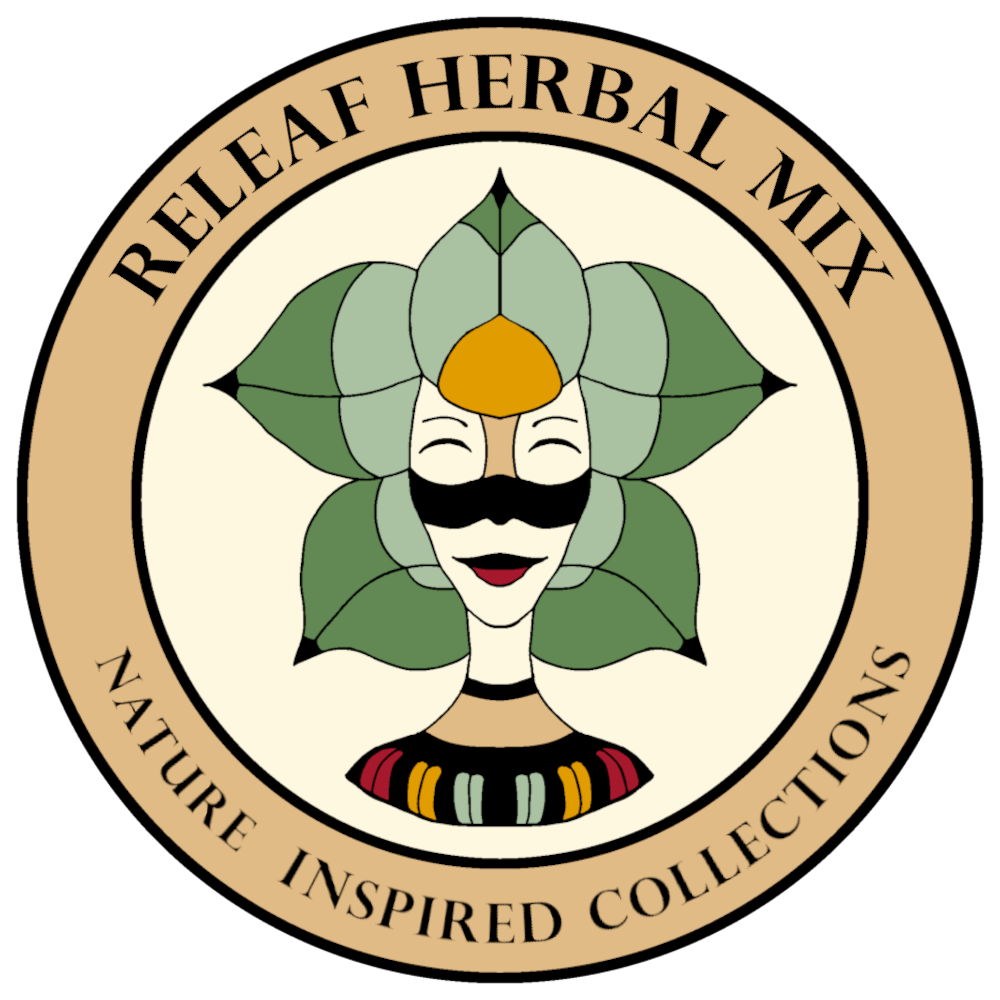
Cannabis recipes
Cannabis has a long history of use, ranging from medicinal applications to recreational enjoyment. On this page, I share recipes centered around cannabis, from delicious dishes to innovative infusions. Whether you're working with CBD or THC as the main ingredient, our recipes offer an accessible way to get started at home.
CBD and THC: two faces of the same plant
It is important to know that CBD (cannabidiol) and THC (tetrahydrocannabinol) are two completely different substances, even though they both come from the cannabis plant.
- THC is responsible for the psychoactive effects (the "high") that many people associate with cannabis.
- CBD, on the other hand, is not psychoactive and is actually praised for its relaxing, anti-inflammatory and pain-relieving properties.
Both have their own unique benefits, our recipes can be adapted depending on your preferences.

